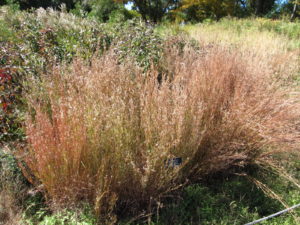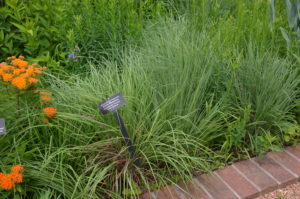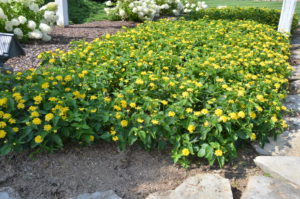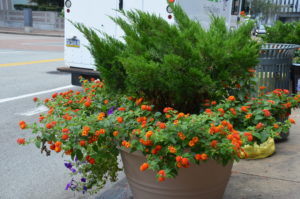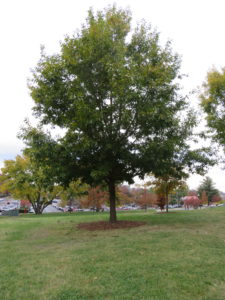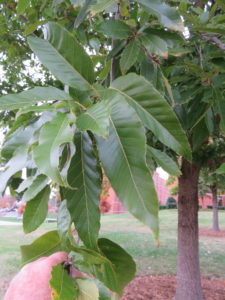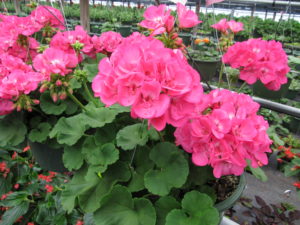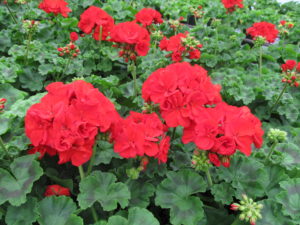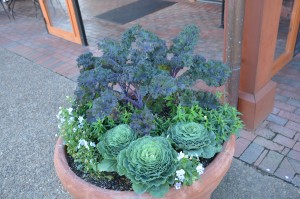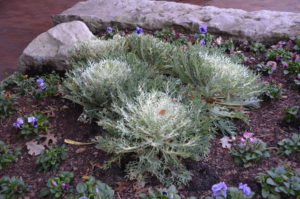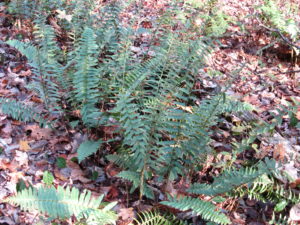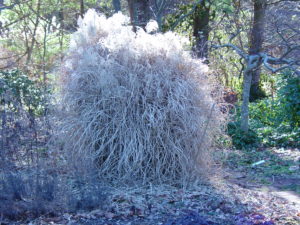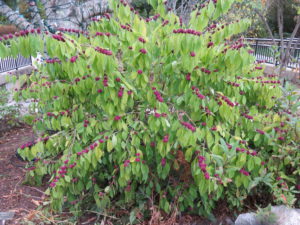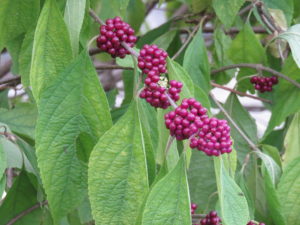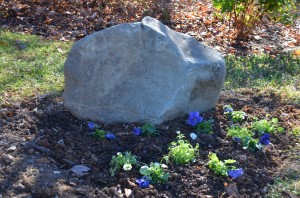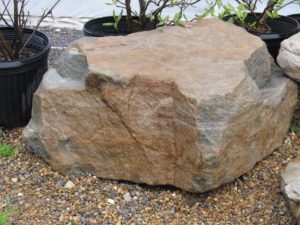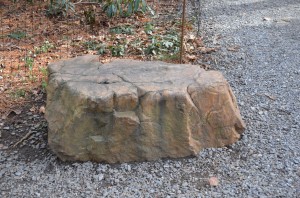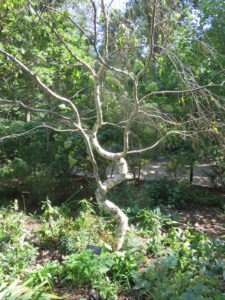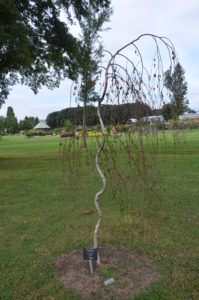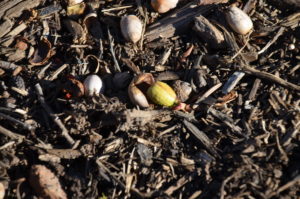Little Bluestem (Schizachyrium scoparium) is an attractive prairie grass native in southeastern or southwestern areas of the U.S. It is exceptionally hardy (USDA hardiness zones 3-9). Heights of the species (including inflorescences) vary from 2 – 2.5 feet tall and many cultivars grow 3-4 feet tall. Its late summer to fall foliage is a kaleidoscope of pastel colors and later coppery tones.
Stems of Little Bluestem stand rigidly upright and do not lay down during the winter, particularly after multiple snow falls, . The species is slightly variable in foliage features and the hairiness of its floral racemes. Over the years plant breeders have developed cultivars exhibiting more intense reddish foliage in autumn (see below).
Little Bluestem is tough and adaptable, tolerant of wide fluctuations in soil moisture levels through the seasons. It grows in both acidic and alkaline soils. A new seeding establishes quickly on steep banks, slopes, and restoration plantings as well as in meadows, prairies, and mixed plantings. Little Bluestem also provides food and shelter for wildlife, including birds and butterflies.
Little Bluestem performs at its best in full sun. In early spring cut back an established seeding for appearance and to allow new leaf blades to fill in. Feed a slow-release fertilizer such as Nutrikote™, Osmocote™, or equivalent. Shade, too high fertility, and too much moisture will result in floppy growth and poor seasonal color.
Little Bluestems Cultivars
‘Blaze’ grows in an upright shape and sports blue green summer foliage. Fiery fall colors are a mix of reds and purples, along with hints of orange and pink.
‘Carousel’ (PP20948) has a low broader shanc and grows strongly upright through the winter.
Blue Heaven® (‘MinnblueA’) is a robust, tall with bright variation. It starts out with light blue foliage in the spring and deep pink, later and burgundy red hues from late summer to fall.
‘Prairie Blues’ offers improved durable blue-gray fall color.
‘Smoke Signal’ offers narrow, refined, blue-green early summer foliage with deep red tones in late summer, and deeper red-purple in fall.
‘Standing Ovation’ (PP25202) has sturdy, thick stems that stands up to high winds and pounding rain; fall colors are mix of stunning reds and oranges.
‘The Blues’ struts stunning blue foliage accented by red stems thru summer; fall colors are a mix of purple, orange, and shades of blue.
Special note: The scientific name of Little Bluestem was formerly Andropogon scoparius.
*Some information in this blog furnished by Shannon Currey, Hoffman Nursery (wholesale grower) in Rougemont, NC near Greensboro.

